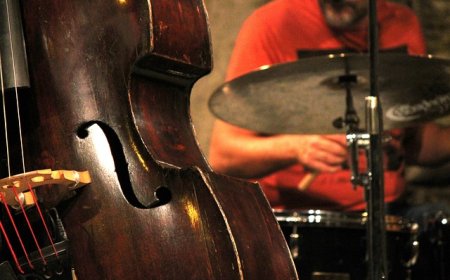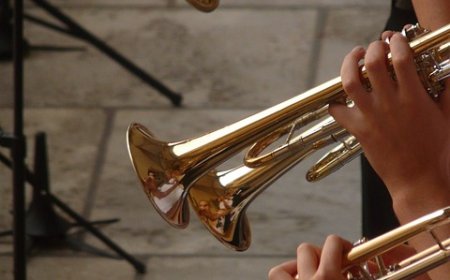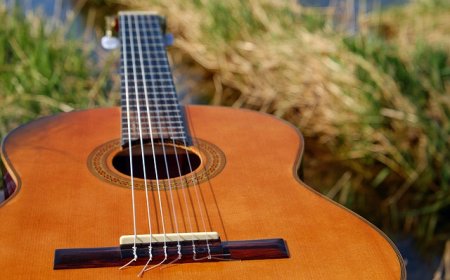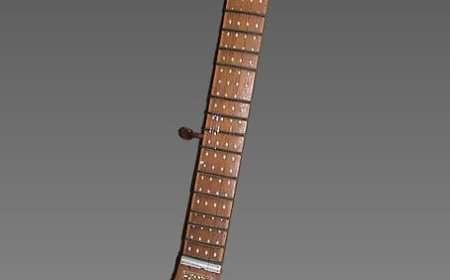Harp Facts for Students | Discover the Magical World of the Harp
Learn about the harp—a beautiful plucked string instrument with ancient roots. Discover how it works, its parts, famous harpists, and what makes it so special.
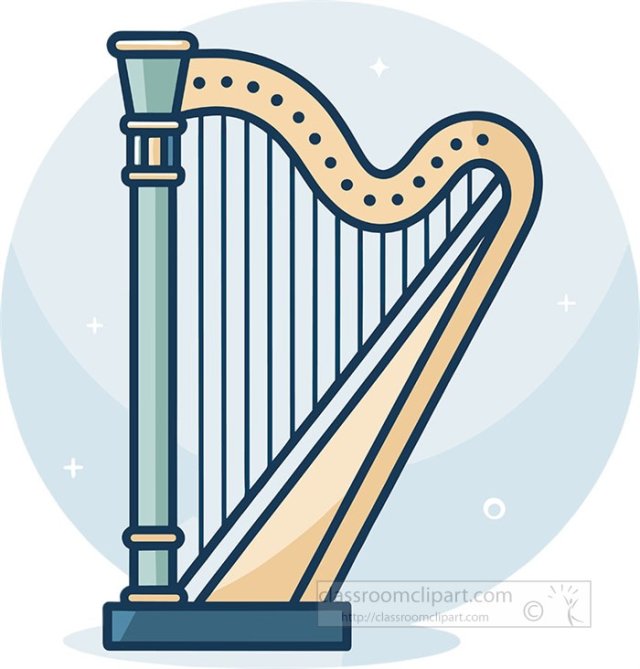
🎵 All About the Harp
🥇 Introduction
The harp is a magical-sounding string instrument known for its peaceful, flowing music. Played by plucking strings with the fingers, the harp is found in orchestras, folk music, weddings, storybooks, and movie soundtracks. Its large, triangular shape and golden color make it one of the most recognizable instruments in the world. The harp's sound is both gentle and powerful, and it has a long history stretching back thousands of years.
🎶 What Is a Harp?
A harp is a plucked string instrument with a series of strings stretched over a triangular wooden frame. The player sits or stands behind the harp and uses both hands to pluck the strings, each of which produces a different note.
There are two main types of harp:
-
Pedal Harp (Concert Harp) - Large, with 47 strings and foot pedals that change notes
-
Lever Harp (Folk or Celtic Harp) - Smaller, with levers at the top of the strings to change pitch
The harp can play melody, harmony, and even glissandos (a sweep of notes). It sounds calm, graceful, and sometimes mysterious-perfect for magical music.
🧩 Parts of the Harp
The harp has many parts that work together to produce its shimmering sound:
-
Strings - Made of nylon, gut, or metal, and each one has a fixed pitch
-
Neck - The curved top section where tuning pins and levers/pedals are located
-
Soundboard - The wooden front of the harp that amplifies the sound
-
Column (Pillar) - The upright piece that supports the structure
-
Body (Resonator) - The hollow part that helps the sound vibrate and grow
-
Tuning Pins - Used to tighten or loosen each string to the correct pitch
-
Pedals (on pedal harps) - Foot-operated levers that raise or lower string pitch
-
Levers (on lever harps) - Small switches at the top of the strings that change pitch manually
The strings are color-coded to help players find the right notes:
-
Red strings are Cs
-
Blue or black strings are Fs
⚙️ How Does the Harp Work?
The harp creates sound when the player plucks a string with a finger, causing it to vibrate. The vibrations travel into the soundboard, which makes the sound louder and warmer.
The player uses:
-
Both hands to play melody and chords
-
Feet (on pedal harps) to change keys and sharps/flats
Each string plays one note, and harps can have from 22 to 47 strings, depending on the type.
On a pedal harp, pressing a pedal changes the pitch of a set of strings up or down by a half-step, which allows harpists to play in any key, just like a piano.
📜 History of the Harp
The harp is one of the oldest musical instruments in human history. Harp-like instruments have been found in:
-
Ancient Egypt, over 5,000 years ago
-
Mesopotamia and Persia, where harps were symbols of royalty
-
Celtic and Irish cultures, where traveling musicians played small harps
-
Medieval and Renaissance Europe, where harps were used in courts and churches
The modern concert harp was developed in France in the 1800s by Sébastien Érard, who created the double-action pedal system, allowing players to change keys smoothly.
Today, harps are used in many genres, from classical and jazz to pop, Celtic, and new-age music.
🥁 Famous Harp Players
These harpists have helped bring the instrument into the spotlight:
-
Carlos Salzedo - A 20th-century harpist and composer who expanded harp technique
-
Marcel Grandjany - Famous for his harp solos and teaching
-
Joanna Newsom - A modern indie-pop artist known for singing and playing harp
-
Deborah Henson-Conant - A jazz and electric harpist with a bold style
-
Dorothy Ashby - A trailblazing African-American jazz harpist
-
Catrin Finch - A Welsh harpist who performs both classical and folk music
-
Andreas Vollenweider - A Swiss harpist known for world music and electronic harp
🎶 Learning to Play the Harp
The harp is great for students who enjoy:
-
Using both hands to create beautiful music
-
Playing melodies, chords, and arpeggios
-
Learning about music theory and harmony
Beginner harpists often start with a lever harp, which is smaller and easier to handle. Students learn:
-
How to sit properly at the harp
-
Plucking with thumb and fingers
-
Playing scales, chords, and glissandos
-
Using levers or pedals to change keys
-
Reading grand staff music, like piano (treble and bass clef)
Because of its soothing tone and visual beauty, many students find playing the harp relaxing and inspiring.
😄 Fun Facts About the Harp
-
Harps can have up to 47 strings-that's more than a piano has keys!
-
Harp strings are color-coded to help players know where to play.
-
The harp is the national symbol of Ireland.
-
Harps appear in the Bible, Greek myths, and fairy tales.
-
The modern pedal harp has seven pedals, one for each note (C, D, E, F, G, A, B).
-
Harps are sometimes made of carbon fiber for traveling musicians.
-
In ancient times, harps were used to calm people and animals!
👧 Kid-Friendly Summary
The harp is a big, beautiful instrument with lots of strings. You pluck the strings with your fingers to make music that sounds magical and peaceful. Some harps have pedals or levers to change the notes. Harps are used in orchestras, fairy tales, and even pop music!
📚 Vocabulary Words
Harp – A plucked string instrument with many strings
Pedal Harp – A large harp with foot pedals to change pitch
Lever Harp – A smaller harp with hand levers to raise or lower notes
Soundboard – The part of the harp that helps make the sound louder
Glissando – A sweep of notes played quickly up or down the strings
Arpeggio – A chord played one note at a time
Color-Coded Strings – Red for C and blue/black for F
Resonator – The body of the harp where sound vibrates
❓ Interactive Quiz (8 Questions)
1. What kind of instrument is the harp?
A. Percussion
B. Wind
C. String
D. Brass
2. How do you make sound on the harp?
A. Blow into it
B. Hit it with sticks
C. Press keys
D. Pluck the strings
3. What color are the C strings on a harp?
A. Blue
B. Green
C. Red
D. Yellow
4. Which harp type uses pedals to change pitch?
A. Electric harp
B. Concert harp
C. Tin harp
D. Mini harp
5. What part of the harp helps make the sound louder?
A. Neck
B. Levers
C. Soundboard
D. Column
6. What is a glissando?
A. A slow scale
B. A string tuning tool
C. A quick sweep of notes
D. A special type of bow
7. What country uses the harp as a national symbol?
A. Spain
B. Ireland
C. Italy
D. Greece
8. How many strings does a concert harp usually have?
A. 12
B. 22
C. 36
D. 47


















































